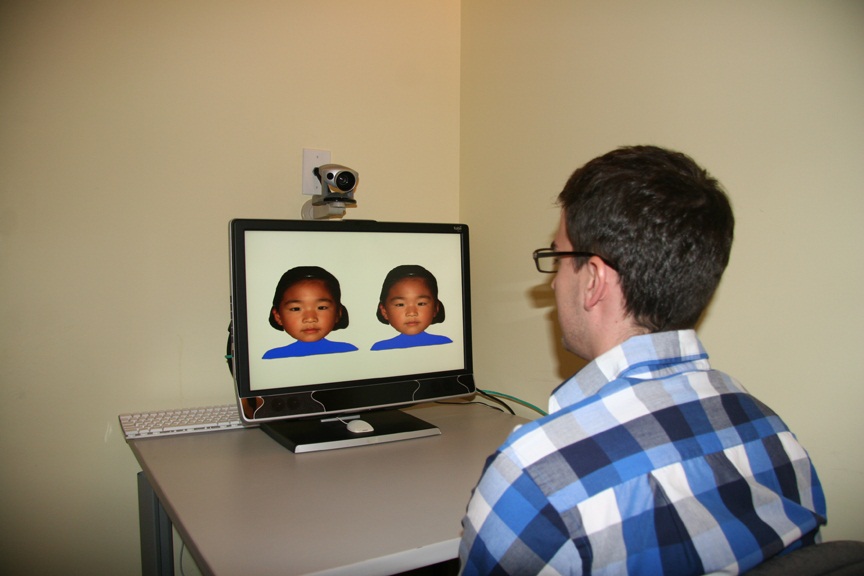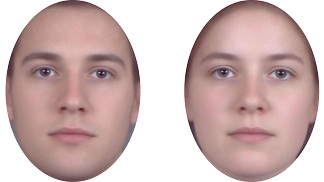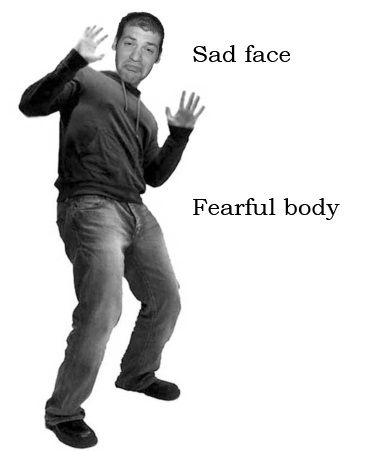  |
|
 |
 |
|
Welcome to the Infant &
Child Development Lab
Information
for Adult Participants
| Why do we study faces? |
|
| Every day adults and children encounter hundreds of faces and our ability to detect important social cues has a huge impact on our daily social interactions. We need to recognize people's identity, their mood, and their direction of eye gaze. We also need to make snap judgements about other people's personality traits. Researchers at Brock University are exploring how these skills develop and change across the lifespan. |
Did you know...
Have you travelled to a foreign country and discovered that it is very difficult to recognize people from different ethnic backgrounds? This is a common experience. Many travellers report that 'they all look the same'. |
 |
| We are trying to understand why this happens. Adults' expertise in face processing is dependent upon experience, such that they are better at recognizing own- versus other-race faces. Enhanced memory for own-race faces develops early in life; however, unlike young children, even when adults move to an environment in which they are predominantly exposed to other-race faces, they almost always remain better at recognizing own-race faces. This has important social implications for our increasingly global world. |
 |
Recent work also shows that people are better at recognizing other people of the same age compared to people of different age groups. For example, young adults are better at recognizing other young adults than they are at recognizing children or older adults.
|
Researchers have discovered that one reason why adults are able to recognize hundreds of faces at a glance is that they compare each face that they encounter to an average (prototypical) face. For example, they might code Bob's nose as being larger than average. We think that adults possess multiple face prototypes for the different face categories they encounter in their environment. For example, adults process male faces with regard to a different face prototype than female faces. We are currently studying how these prototypes change with experience (e.g., as people gain more experience with older faces).
Perceptions of facial attractiveness are universal and not culturally determined. There are several features that faces deemed to be attractive have in common: symmetry, averageness, and sexual dimorphism (i.e. femininity in a female face and masculinity in a male face). In other words, the most average or typical faces are actually rated as more attractive than faces that are highly distinctive! |
 |
Despite the old adage "don't judge a book by its cover", adults are actually quite good at estimating a person's personality traits simply by looking at their face. Our research has shown that adults are able to accurately guess another individual's level of aggression in as little as 39 milliseconds of exposure!
|
 |
Most adults think that they are very good at recognizing facial displays of emotion, e.g., whether someone else is feeling sad or angry. However, different contexts such as body posture and background can change our perception of emotional facial expressions. For example, if a sad face is paired with a fearful body posture, then we are more likely to perceive that sad face as fearful than we would if that same sad face were paired with a sad body posture. |
Our research is exploring many different questions about how children and adults process faces. We depend on the willingness of adults of all ages to participate in our research studies and we welcome a visit from you to our lab! |
|
|
 |
 |
|
|
|
|
|

